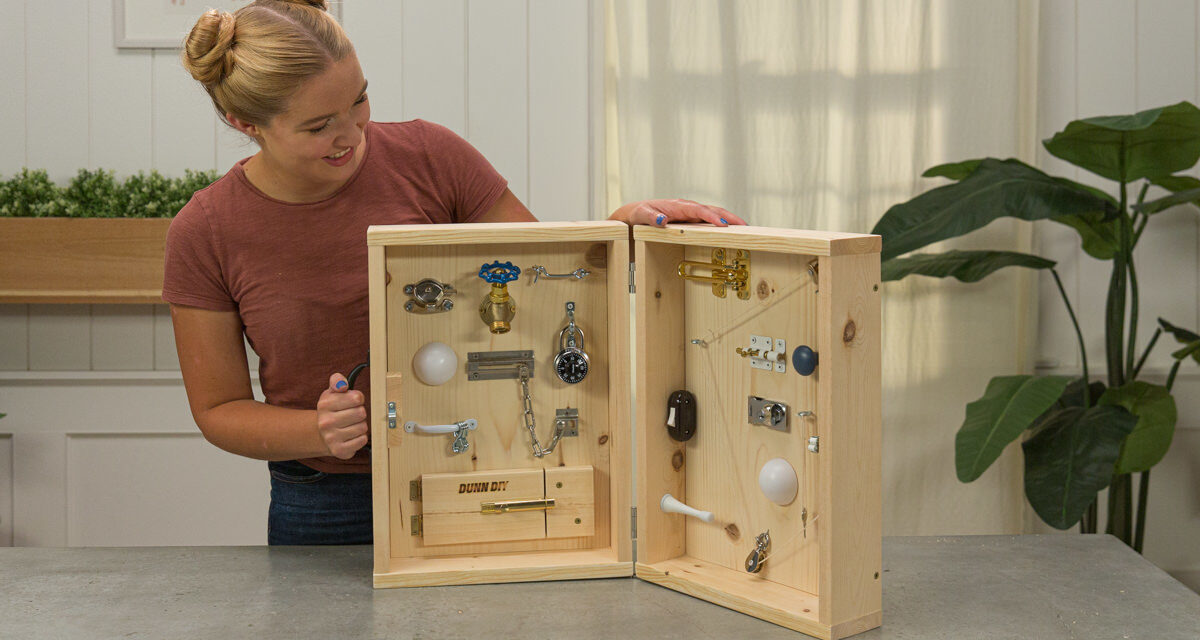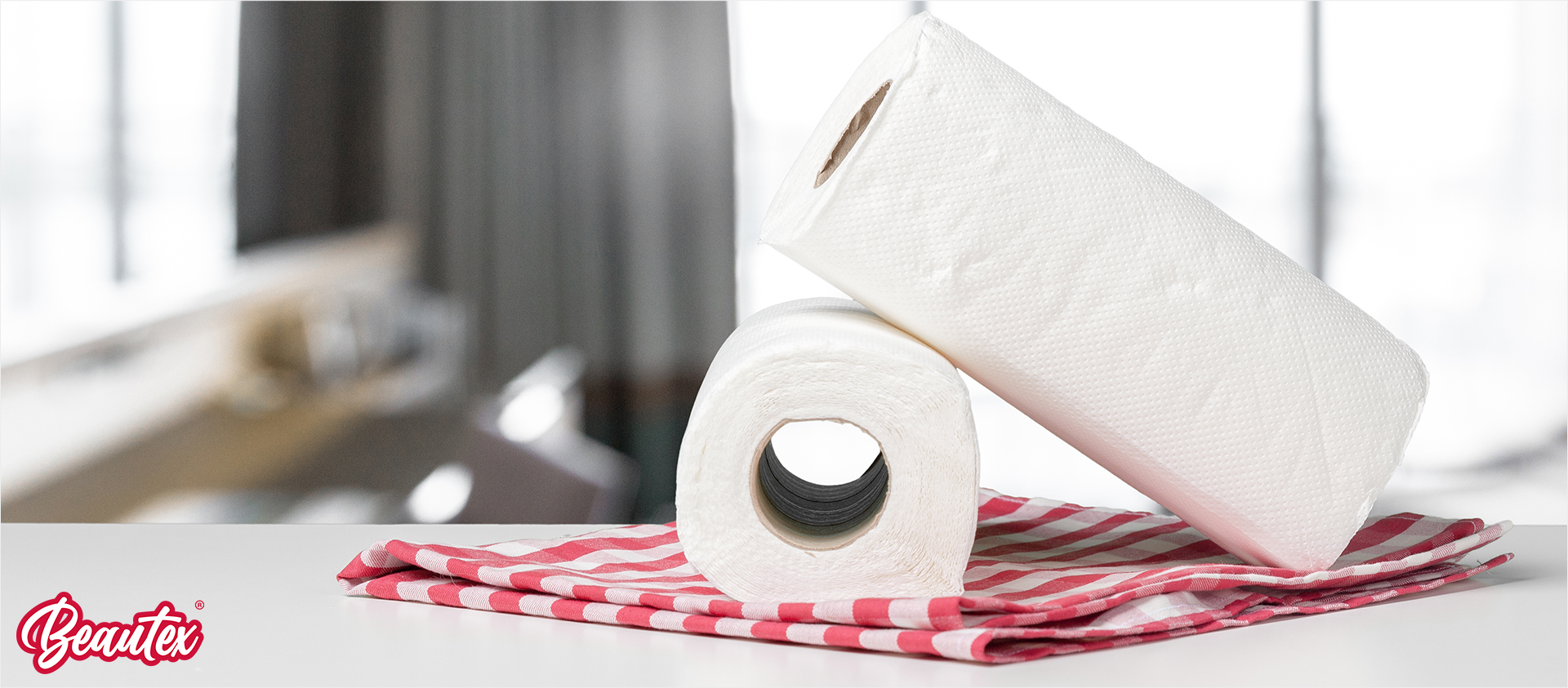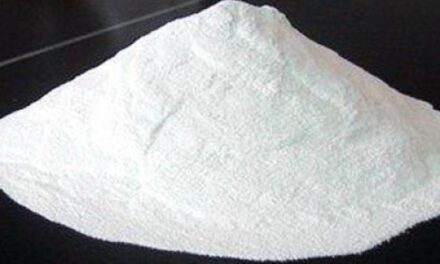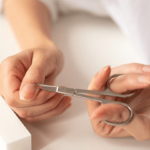Introduction to Busy Boards
Busy boards are also referred to as action boards or sensory boards and they are hands-on educational tools meant for children to explore, learn and have fun with. Generally, these playthings have different items, textures and activities that assist in improving fine motor skills, enhancing sensory development and promoting problem-solving abilities.
Benefits of Busy Boards for Children
There are numerous advantages to the development of children through busy boards. These include cognitive stimulation, sensorial exploration, hand-eye coordination enhancement, promotion of creativity and independent play. Furthermore, customizing busy boards allows them to be fitted according to personal tastes and stages of growth thereby making them possible ways of learning as well as entertaining.
Types of Busy Boards
Several types of busy boards exist each serving a different purpose:
Sensory Busy Boards: These kinds of boards focus on the stimulation of senses through various colors, sounds and textures.
Educational Busy Boards: Educational busy boards involve numbers, letters shapes or puzzles that aid in the early learning concepts.
Customizable Busy Boards: Personalization can be carried out on this type where caregivers choose specific activities/features based on the child’s likes/dislikes or developmental phases.
Materials Needed to Make a Busy Board
To make a busy board you will need basic materials like wood board/panel(s), different sensory objects/toys (like mobiles), assembly tools (nails/screws), fasteners (glue) among others.
Step-by-Step Guide to Making a DIY Busy Board
Creating your own DIY busy board is fulfilling. Below are steps for creating one:
1. Planning and Designing: Establish size, organization pattern plus theme based on age group/interests of youngsters involved.
2. Gathering Materials: Choose some tactile things such as toys or gadgets to hang around the surface/board area.
3. Assembling the Board: Fix all items onto the board by use screws/glue/Velcro until they are firm and safe to play with.
4. Adding Features and Accessories: Use push buttons, knobs or locks in order to make the board more engaging and interactive.
Safety Considerations for Busy Boards
If you are making or buying a busy board, the safety of it should be number one. It is important that each piece be securely attached, not possess any sharp edges or small parts that could serve as a choking hazard and not have toxic substances on them.
How to Use a Busy Board Effectively
Introduce a busy board slowly so the child can explore its features at their own pace. Encourage open-ended play with occasional gentle guidance.
Creative Ideas for Busy Board Activities
Busy boards activities can be anything! For instance, they may involve but are not limited to segregating things by shape/color, latches/locks for fine motor development, matching letter/number items and textures/sounds used sensory exploration purposes.
Tips for Maintaining and Cleaning Busy Boards
Regularly inspect the busy board for loose/damaged parts, which require you to fix them up. Whenever cleaning the surface make sure that you use mild soap solutions or even wet fabric while avoiding harmful cleansing agents.
Busy Boards for Different Age Groups
Busy boards are useful additions to classrooms, daycare centers, and home learning areas. They give students an opportunity to have hands-on experiences, explore their senses and play independently as an alternative for traditional instruction methods.
Testimonials and Success Stories
The advantages that busy boards have on children’s development have been hailed by a significant number of parents and educators. This is evident in testimonials and success stories about how they change children’s abilities and self-esteem positively.
Conclusion
Interactive toys or games are the best ways for young children to learn, play, or discover. Busy boards with a sensory-based design, do-it-yourself activities that can be done with them plus a few academic merits make games important tools which help develop young learners’ imagination.
FAQs
Are busy boards good for special needs kids?
Yes, busy boards can be modified in order to cater for specific sensory and developmental requirements of kids with special needs consequently providing tailored experiences on the senses which will enable them develop their skills.
How can I make my busy board more challenging for older kids?
In increasing the level of difficulty of a busy board for older children you may consider using complex puzzles, interactive devices as well as educational tasks that match up to their intelligence levels thus cognizable by them.
Are there any safety issues I should worry about when using a busy board?
Parents must watch over kids playing with busy board and also examine it frequently so that no part is loose or defective. Choose only non-toxic materials suitable for age group of your child to avoid choking hazards or injuries.
Can I buy ready-made busy boards or is it better if I make mine?
This depends on your preferences and financial capabilities. Ready-made products offer convenience while homemade ones could be modified based on the kid’s interests or developmental levels.
How do I get my child to play independently with a busy board?
Make sure that you introduce it slowly into his/her playtime routine and demonstrate the different features as well as their use. Also, take turns in doing these activities or add new ones to keep your child engaged and interested.















